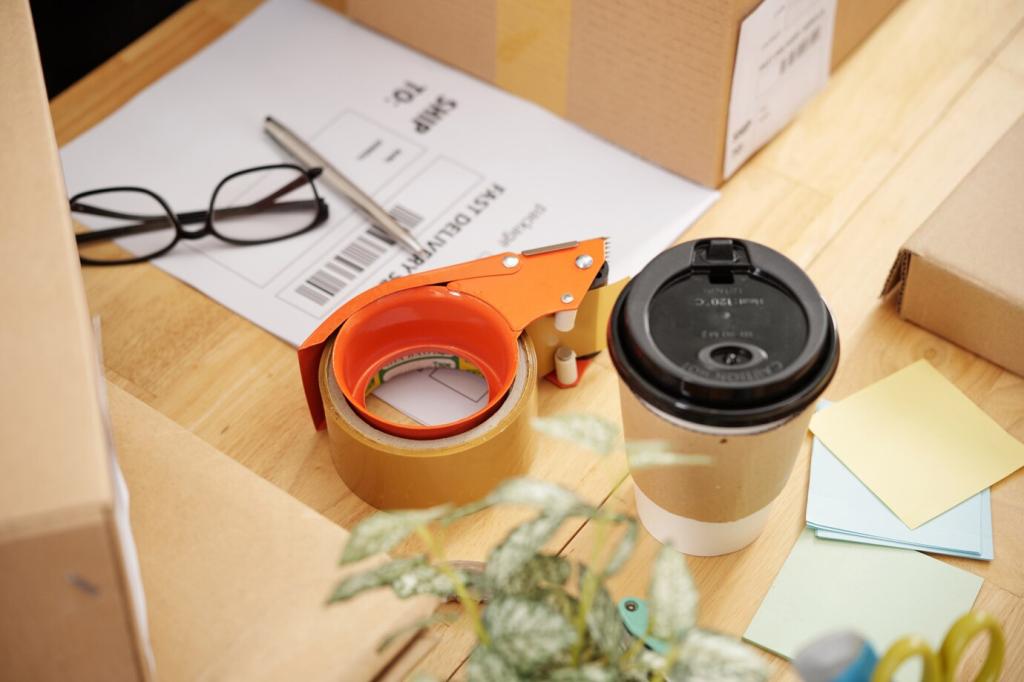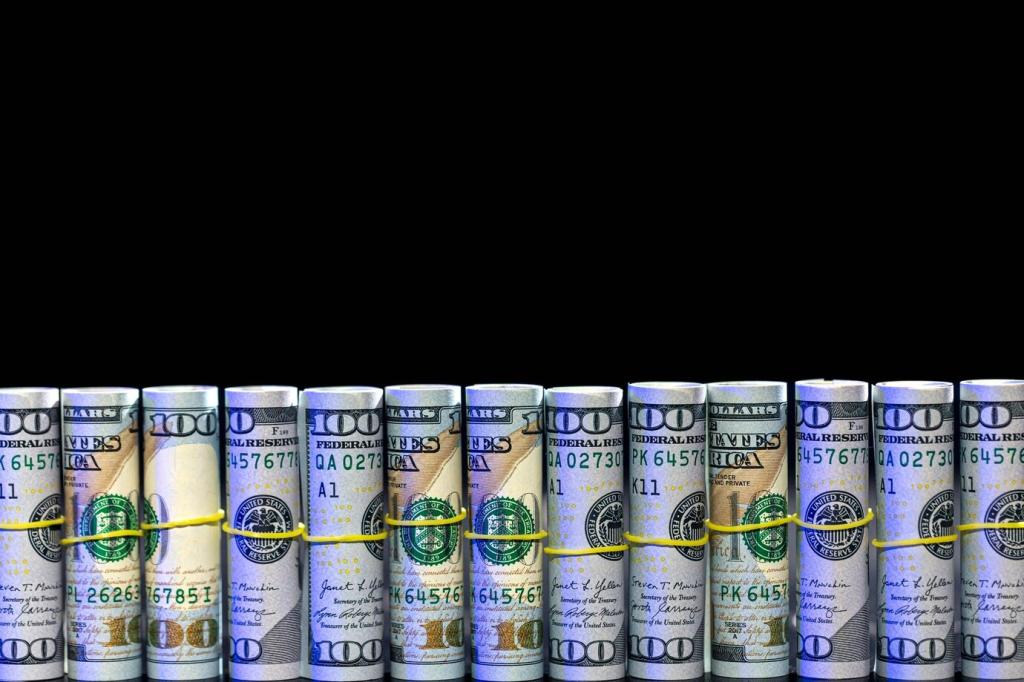Choosing the Right Materials for Piggy Bank Packaging
Selecting the appropriate materials for piggy bank packaging plays a pivotal role in not only protecting the product but also shaping the customer’s perception of quality and value. An ideal packaging solution balances functionality, sustainability, aesthetics, and cost-effectiveness, ensuring that the piggy bank arrives safely, stands out on the shelf, and aligns with brand values. Exploring different packaging materials unveils the nuanced trade-offs and opportunities available to manufacturers and retailers.

Understanding Packaging Purposes
Packaging designed for piggy banks must prioritize sturdiness. Ceramic and glass piggy banks are especially vulnerable to cracks and shattering unless housed in firm materials such as rigid cardboard or specialty foam inserts. The right choice minimizes breakage during shipping, prevents scratches, and creates a physical barrier against environmental hazards like moisture and dust. High-quality materials can mean the difference between receiving a flawless product and the frustration of unboxing a damaged keepsake, which can tarnish customer trust and result in costly returns or replacements. While corrugated cartons may suffice for lightweight plastic piggy banks, premium items require enhanced packaging engineered for robust protection throughout their journey.

Evaluating Material Options
Paperboard and cardboard continue to be among the most popular choices for piggy bank packaging, thanks to their versatility and printability. These materials are easy to cut and shape, making them suitable for various creative designs, from simple foldable boxes to elaborate die-cut patterns. Their surfaces can beautifully showcase full-color artwork, adding visual vibrance to the product. Lightweight yet sufficiently protective—especially with corrugated or layered constructions—these materials also support a range of coatings and laminations for added moisture resistance. Their renewable and often recycled nature resonates with eco-conscious consumers, granting a sustainable aspect to your packaging without sacrificing structural integrity.
Balancing Cost and Quality
Material and Manufacturing Costs
Material type significantly affects the overall cost structure for piggy bank packaging. While high-end rigid boxes and molded inserts offer luxury protection, they also command premium prices compared to standard folding cartons or plastic sleeves. Manufacturers must factor in not just raw material expenses, but also tooling for custom shapes, printing processes, and labor. Efficiencies such as automated assembly or use of stock sizes can help mitigate spending. Often, a compromise is needed: seeking materials that provide optimal security and flair without exceeding the budgeted spend per unit. Assessing quantities, supply chain availability, and lead times further influences final costs, necessitating a holistic view when planning packaging budgets.
Perceived Value and Customer Satisfaction
The relationship between packaging material quality and customer satisfaction is undeniable. Premium materials often translate directly into higher perceived value, making customers feel they are receiving a worthwhile product. However, excessive packaging can sometimes alienate price-conscious buyers or seem wasteful to eco-minded consumers. The goal is to choose materials that protect and present the piggy bank attractively while reinforcing the brand’s promise. Clear communication of eco-friendly or special protective features can further sway buyers, encouraging loyalty and positive reviews. Investing wisely in visible packaging enhancements can drive up initial costs, but the resulting customer satisfaction and brand equity often justify the expense.
Sustainability Versus Expense
Sustainability initiatives increasingly demand attention in packaging decisions, although eco-friendly materials can sometimes come at a premium. Brands must weigh the benefits of compostable, recycled, or reduced-material options against their often higher upfront costs. However, regulatory pressures and shifting consumer preferences mean that investments in sustainable materials may future-proof a product line and avoid reputational risks. When articulating the use of green materials, companies can justify moderate price increases as a value-add for responsible buyers. Over time, as sustainable materials become more mainstream, the cost differential is expected to decrease, making green options more accessible and potentially opening up broader market opportunities.
